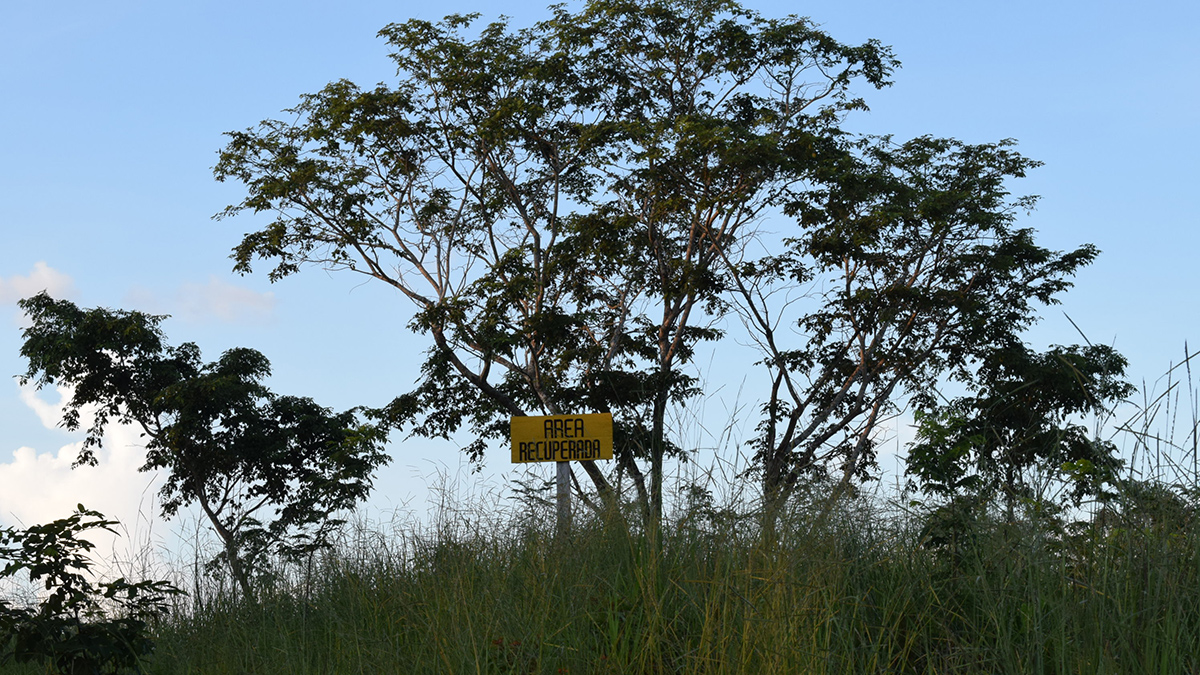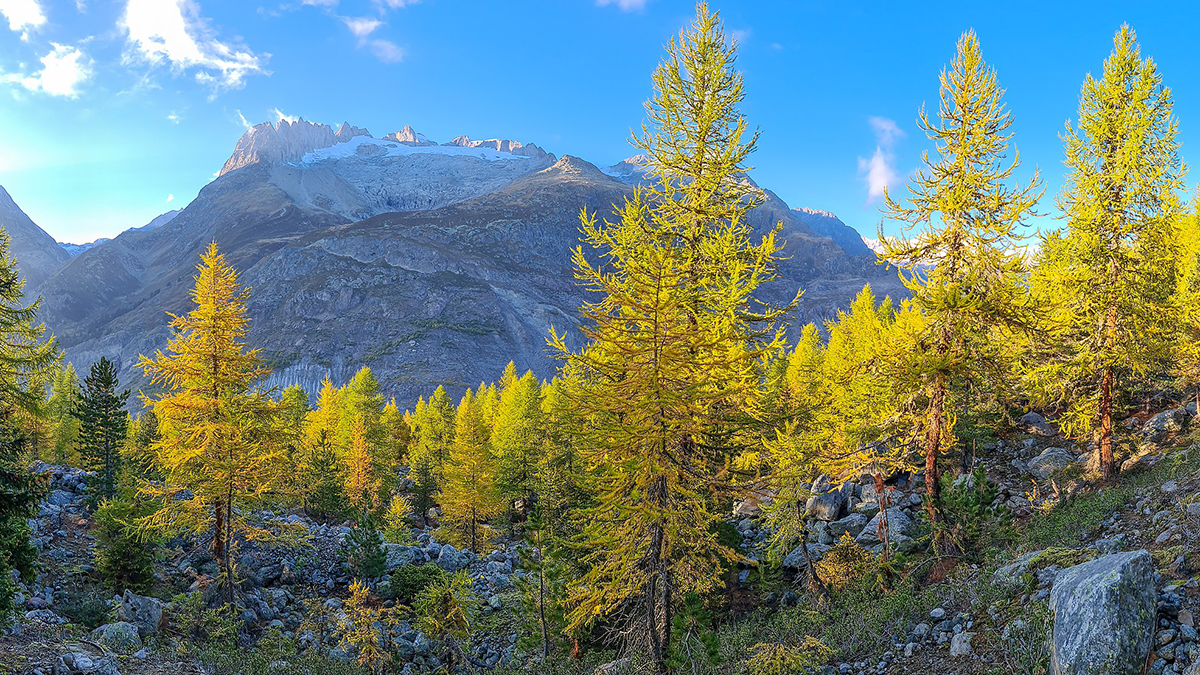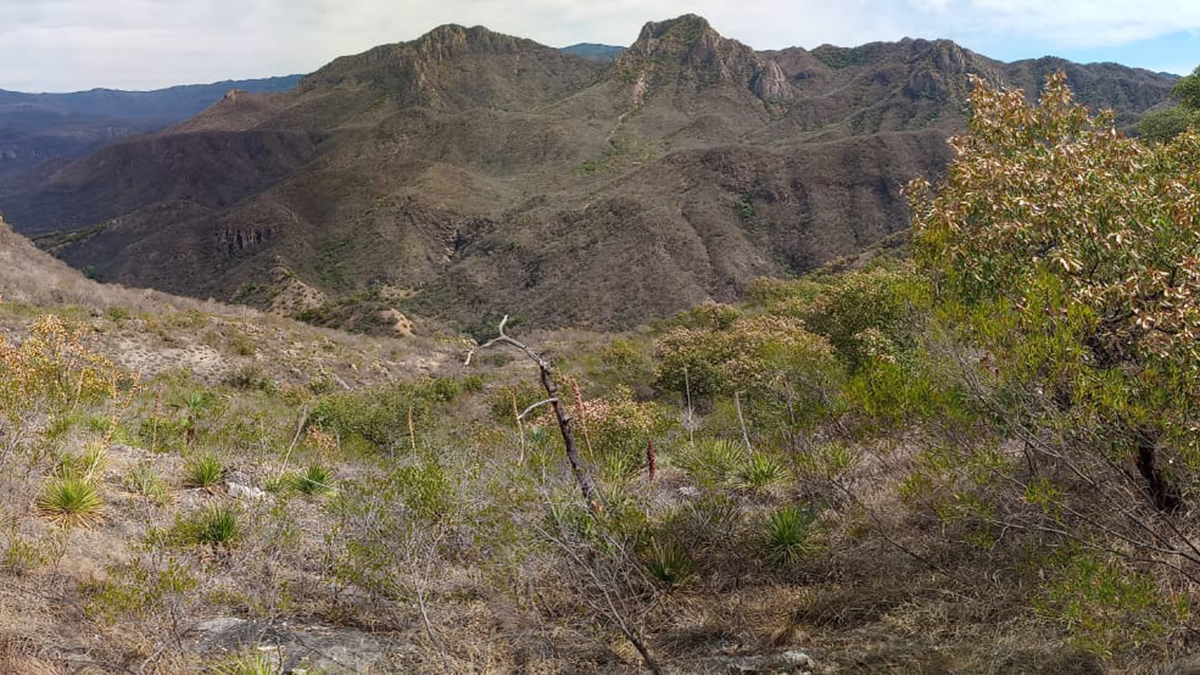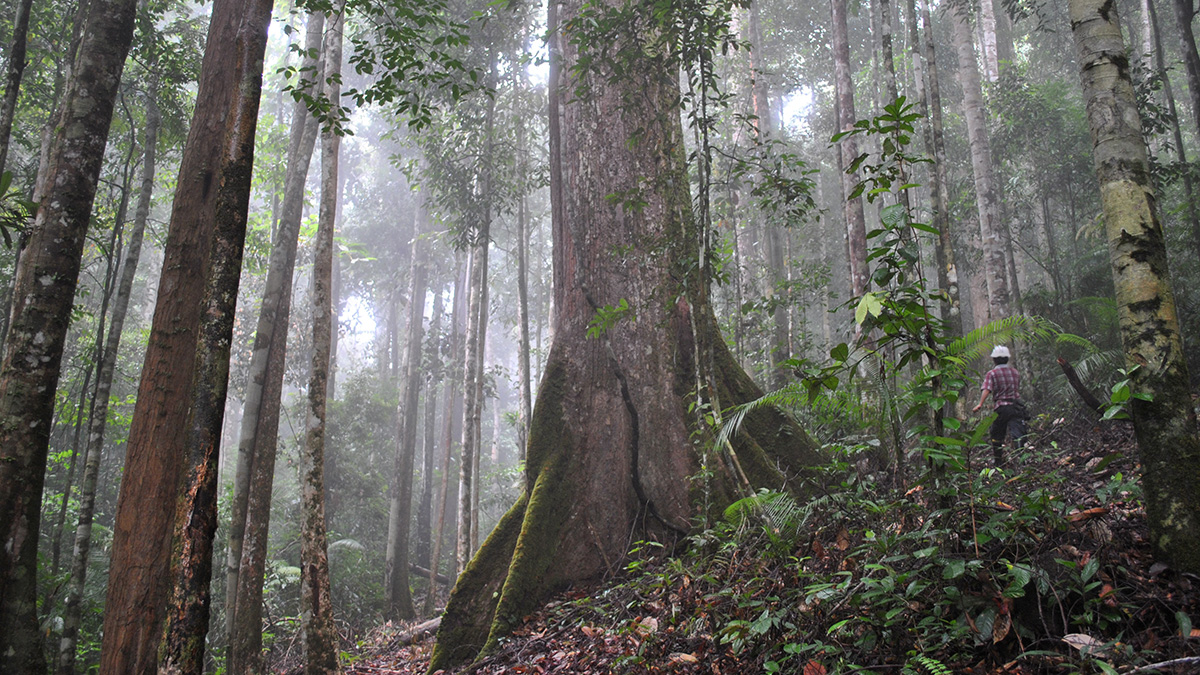Adding even just one more tree species can increase forest productivity, a new meta-analysis shows.
forests
Guatemala Is Reclaiming Overexploited Forests
Researchers, local communities, and authorities are tackling deforestation and forest degradation at the Maya Biosphere Reserve.
To Meet Climate Goals, Protect the Tongass and Chugach Forests
The two largest U.S. national forests, both in Alaska, have low wildfire risk and provide crucial forest carbon stocks and biodiversity benefits.
Grow-Fast-Die-Young Strategy Increases Swiss Forest Biomass
Climate change and CO2 fertilization can increase both growth and mortality of trees. The net effect on forest biomass depends on that trade-off, which long-term studies in Switzerland reveal.
Natural Nitrogen Emissions Are Rising in California
Wildfires and soil microbes are releasing more nitrogen oxides in California as the climate gets warmer and drier.
Wet Conditions Delay Wildfire Detection
When accompanied by a considerable amount of rainfall, ignition of wildfire by lightning over forested land may not be detected until days later.
Établir une carte d’identité du bois pour freiner la déforestation illégale
Des chercheurs ont créé un nouvel outil d’analyse pour améliorer la traçabilité du bois qui pourrait permettre d’appliquer la législation de l’Union européenne visant à lutter contre la déforestation.
Understanding an Extreme Weather Event with Science and Local Knowledge
Researchers in Mexico integrate science and community knowledge to assess the ecological and social impact of an extreme frost.
When the Woods Get Noisy, the Animals Get Nervous
New study uses trail cameras and speakers to isolate what human sounds do to animals.
Fingerprinting Wood to Curb Illegal Deforestation
Researchers developed a new forensic tool for tracing the origins of timber that could enable enforcement of antideforestation legislation in the European Union.










